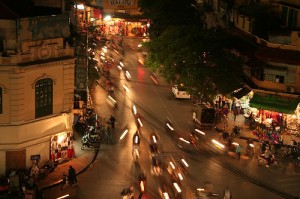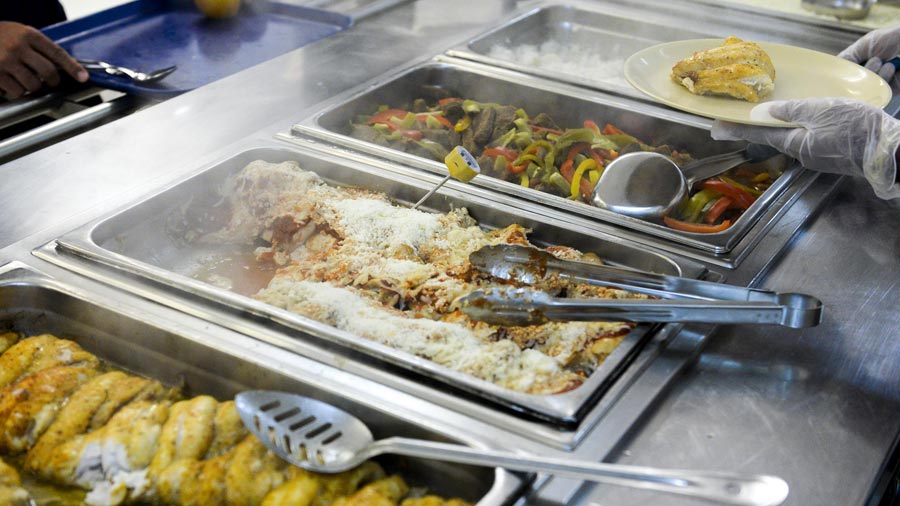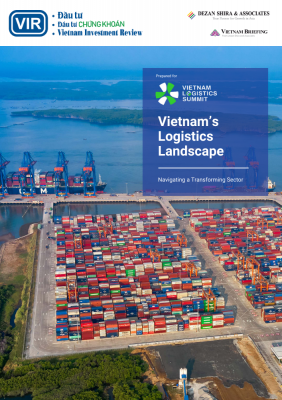Shaping Hanoi
 By Joyce Roque
By Joyce Roque
HANOI, Mar. 5 – As the government prepares to celebrate Hanoi’s 1,000 year anniversary in October, plans to slowly expand the capital city have already begun since 2008.
Hanoi’s limits will stretch to include adjacent provinces to make more space for national projects in the capital city. The expansion has already absorbed the provinces of Hatay, Hoa Binh or Vinh Phuc; making the old Hanoi with its crawling French colonial architecture the center of the new expanded city.
Plans to grow the scope of the city will inevitably change the make of its old-world charm but hopefully spare the architecture from its days as the capital of French Indochina from being gobbled up by skyscrapers. The city’s Construction Department has announced it will propose regulations to maintain state-owned French colonial-style villas numbering 970 with 804 of them reportedly being misused.
The decision to grow Hanoi will allow it to attract more investments and projects as well as address real estate and labor shortages- aspects that have hampered the city’s economic growth. It will also make Hanoi more competitive with 3,344 square kilometers available space compared to financial center, Ho Chi Minh City with 2,000 square kilometers.
When the city’s full expansion is achieved, population will jump to 8 to 12 million people from its current 6.5 million people. The master plan to develop the city from its present size will continue until 2030 and will involve slowly growing Hanoi from a capital city into a capital region with satellite townships surrounding it.
By 2015, former military airport Gia Lam will be open to domestic flights and will lessen congestion in Noi Bai International Airport. The newly renovated airport is nearer to downtown Hanoi being only 15 minutes away by bus. It will have the capacity to accommodate 162,000 passengers annually and eventually capacity will be increased to 300,000 by 2025.
A proposal for the final master plan of the city will be submitted at the National Assembly this year. Until then plans to develop the northern region along the Hong River and relocate residents are still pending approval. Local government will have the responsibility of striking a balance between development and preservation for the city with the most number of cultural sites in the country.
- Previous Article Vietnam to Limit Car Imports
- Next Article Ho Chi Minh City Grants 39 New FDI Licenses































